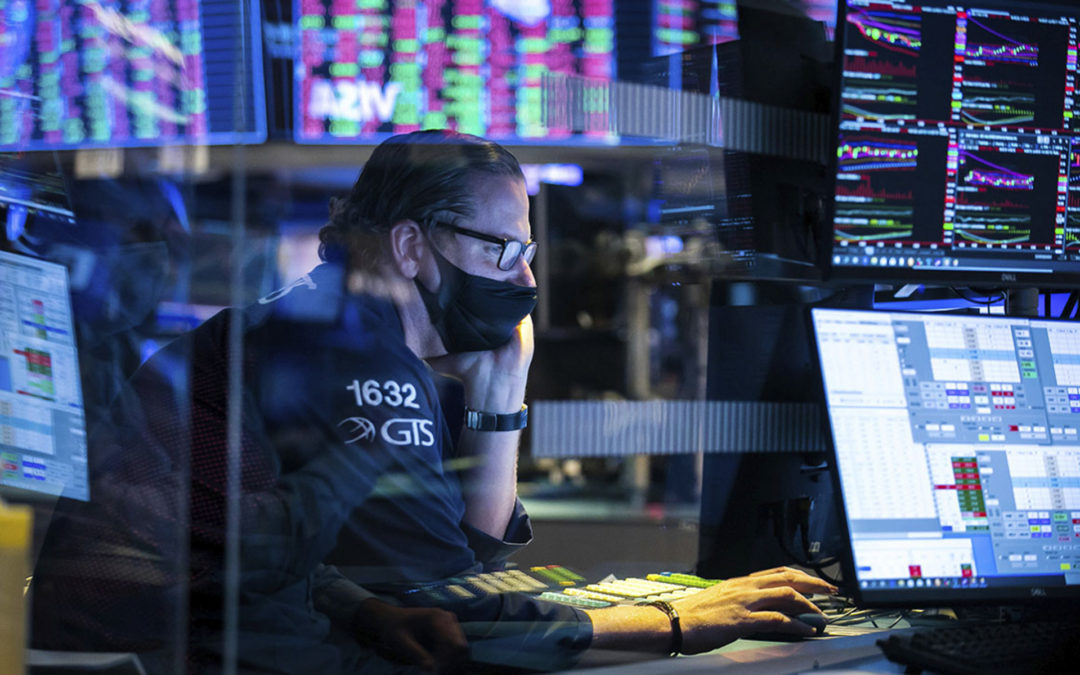Today’s dramatic stock and commodities market drops were caused by news of a highly mutated version of COVID-19 that scientists worry might evade current immunity and vaccines, leading to future lockdowns and economic challenges.
The pandemic has reframed everything into a new normal, where resilience, redundancy, agility, collaboration and efficiency are top priorities for all companies involved in manufacturing and distribution.
Prior to the pandemic, factories and shipping operated with predictability and certainty. Now, after facing unprecedented challenges, producers and shippers need to react almost instantly to adapt to the new normal of volatility and chronic disruption.
Fortunately, strategies are currently available to help solve these problems, and because this is the new normal, companies are shifting their approaches to include localization, digitalization, and sustainability.
Companies of all sizes are increasingly adopting software that can help with simulations. Companies that rely on many suppliers for parts that are assembled to create products are using digital twins of their factories that connect to digital twins of their suppliers’ factories to predict bottlenecks before they happen and implement alternatives. Digital twins can even extend to the supply chain to predict shipping disruptions and reroute transportation flows to minimize or avoid delays in transit.
The current dynamic is painful for companies and consumers, but these near-term challenges will ultimately result in a stronger manufacturing and supply chain ecosystem that uses technology to be more flexible, localized and sustainable.

